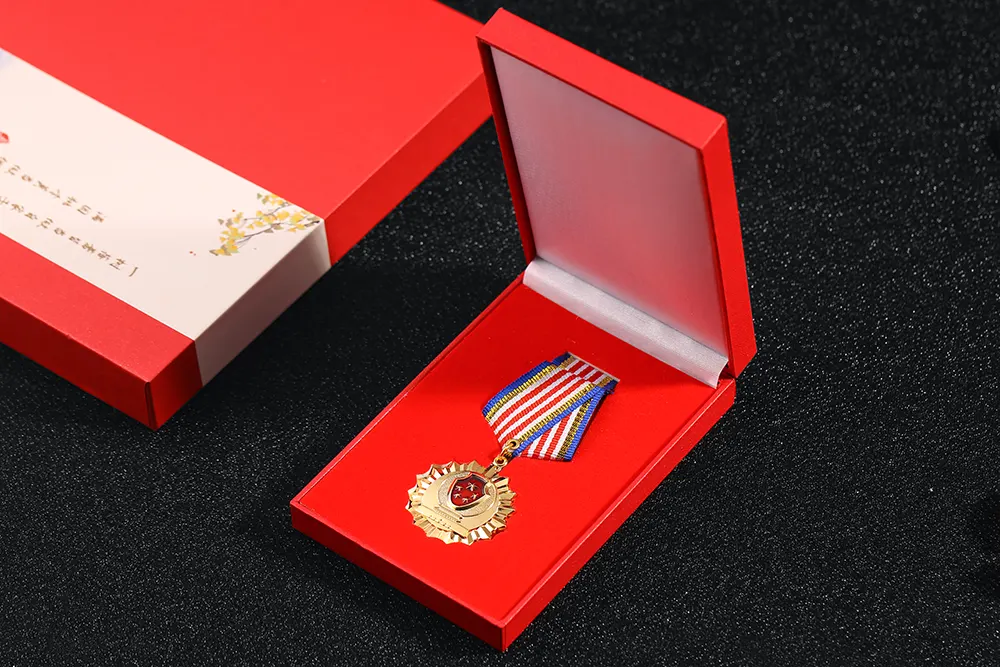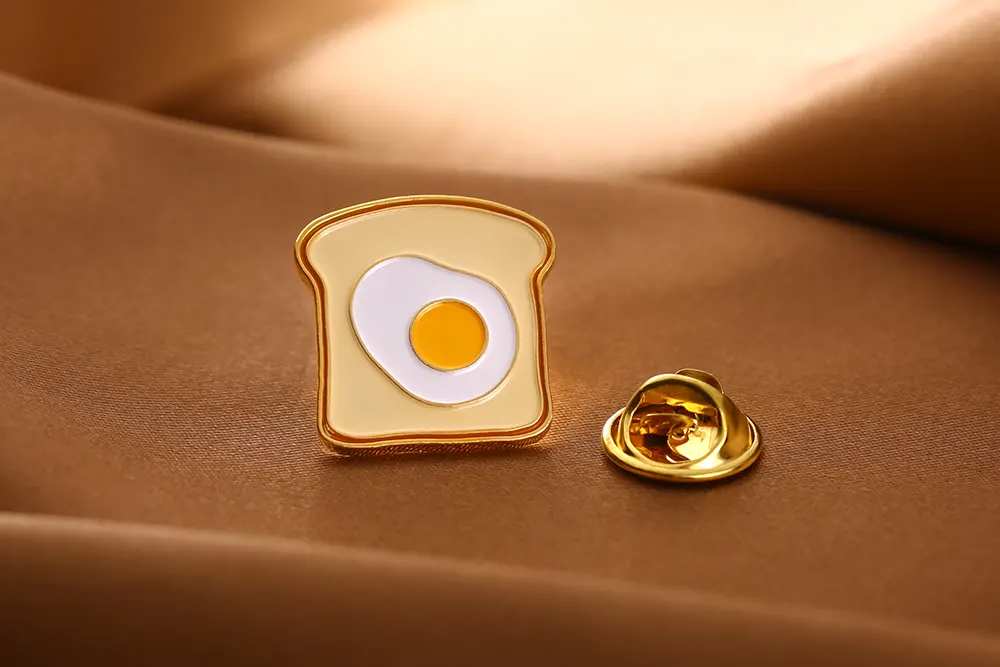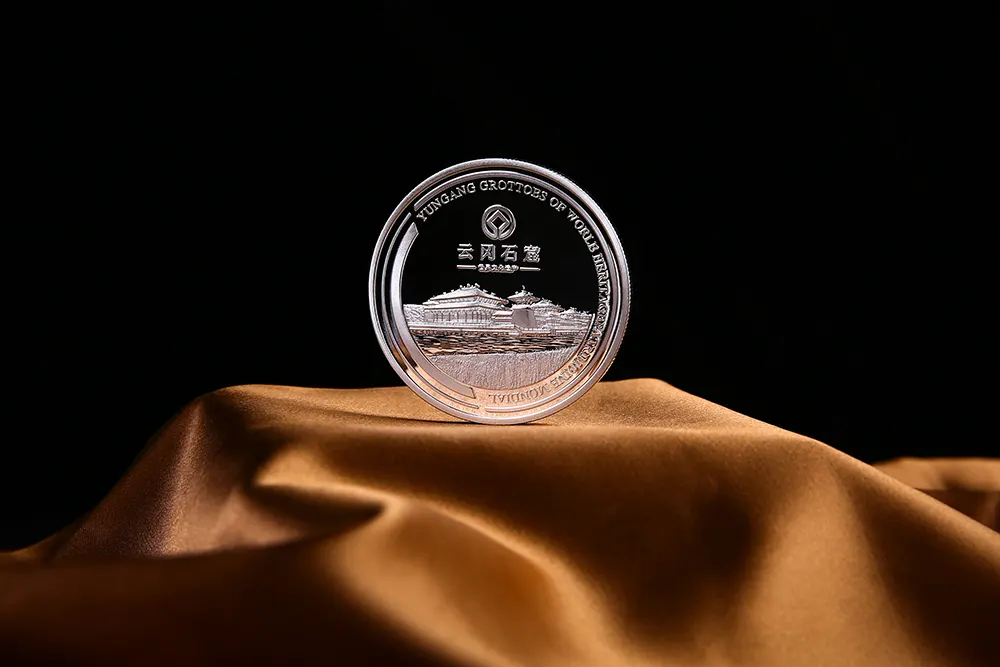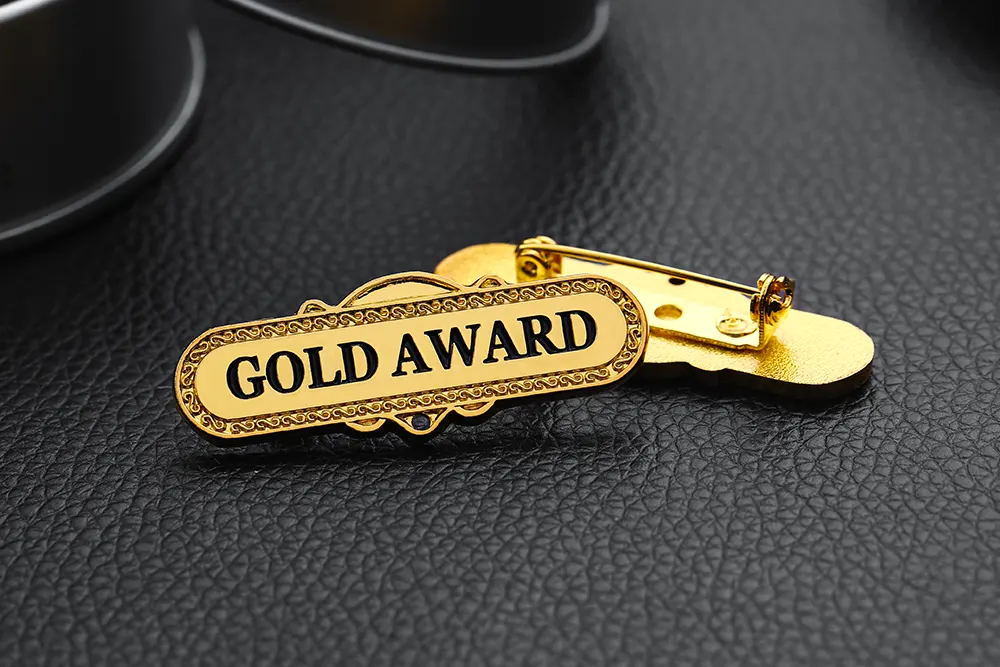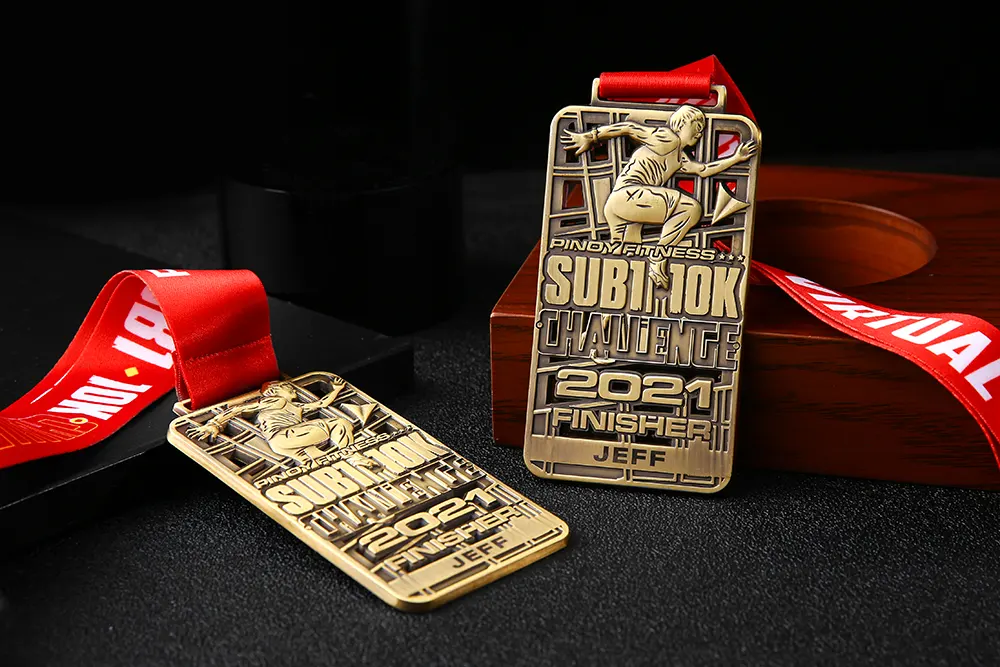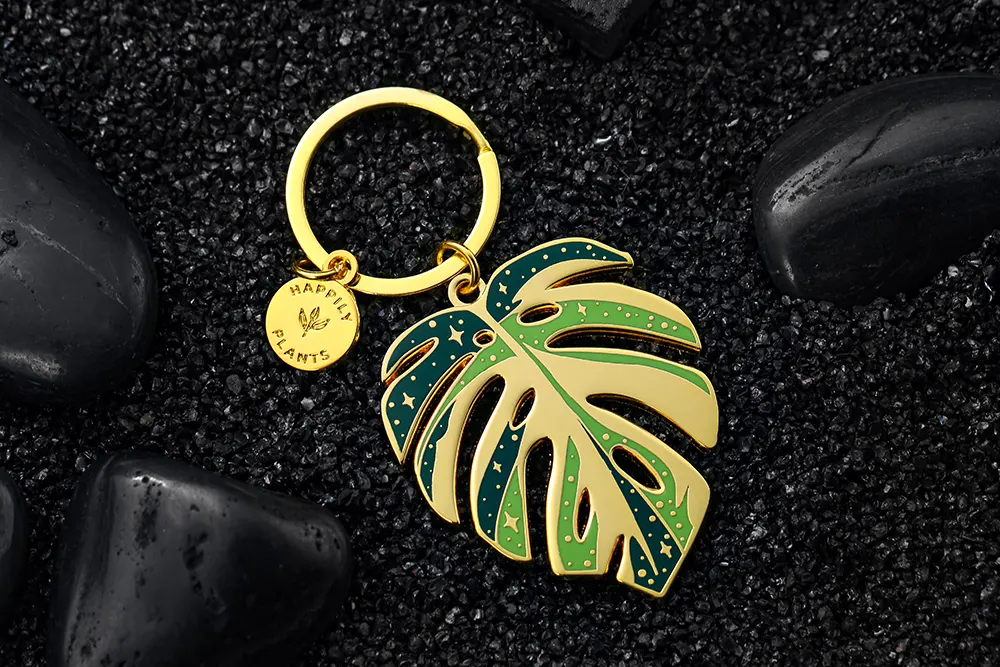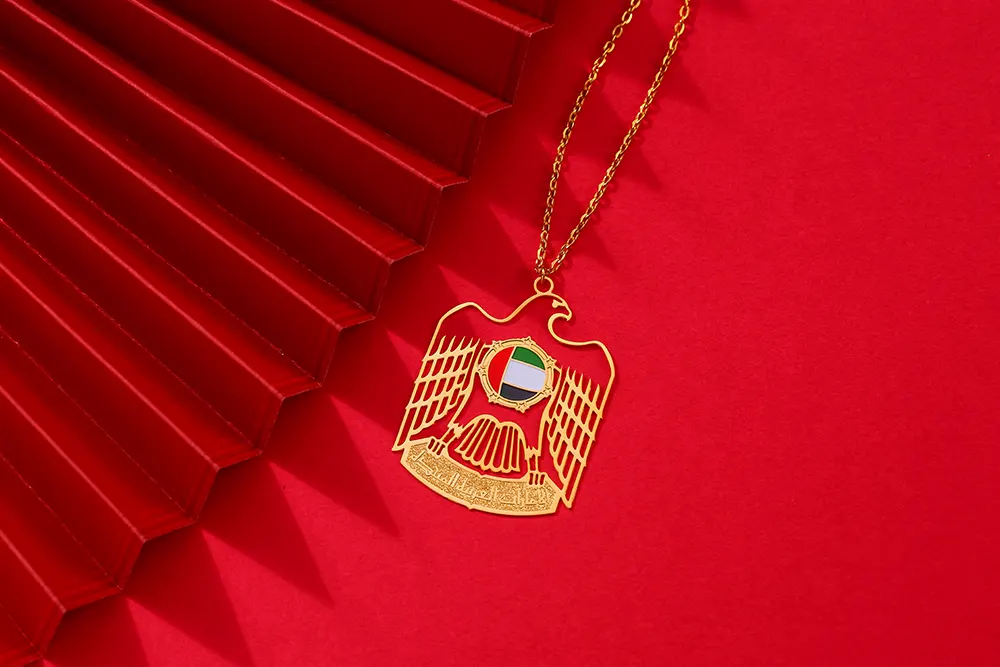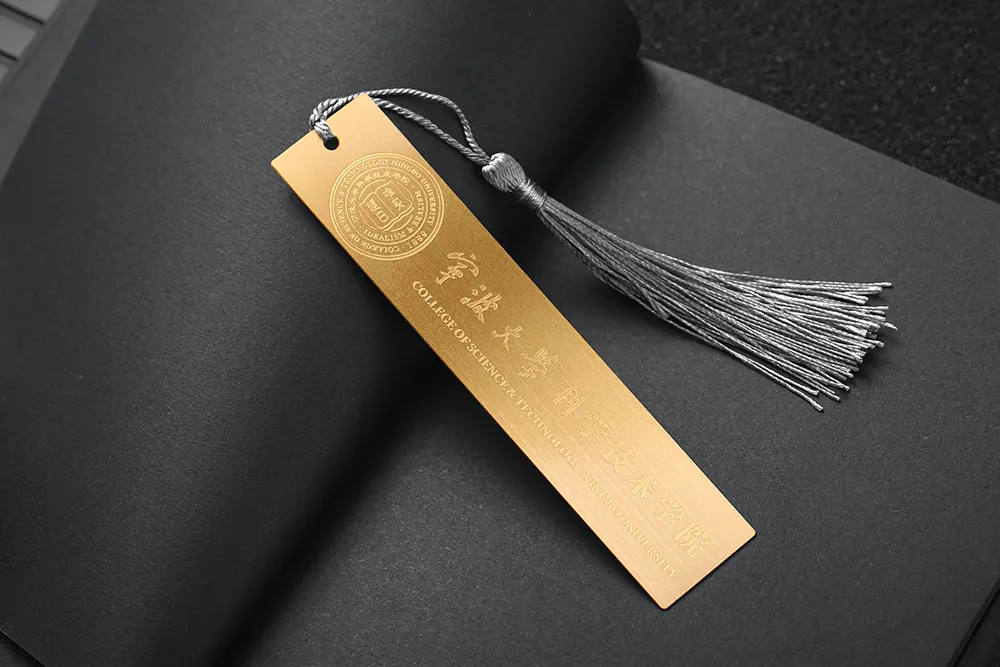Standing in a veteran’s estate sale three years ago, I held a worn brass coin in my palm. The elderly woman running the sale told me it belonged to her late husband, a Vietnam veteran. She didn’t know its story, but she knew he carried it every single day for forty years. That moment changed how I understood these small metal tokens.
The Living History in Your Hands
Military challenge coins represent far more than decorative metal discs. Each one carries the weight of service, sacrifice, and brotherhood forged in circumstances most civilians will never experience. From World War I aviators to modern special operations teams, these coins have served as tangible symbols of unit identity and shared hardship.
When service members present their challenge coins, they’re not just showing off a collectible. They’re sharing a piece of their identity, their unit’s legacy, and often, their most defining life experiences. The tradition has deep roots in military culture, where coins signify membership in an exclusive brotherhood that transcends rank and time.
What Makes Commemorative Military Coins Authentic
Not all coins carry equal weight. Genuine commemorative coins typically feature specific elements that distinguish them from mass-produced souvenirs. Look for detailed unit insignia, accurate military emblems, and precise manufacturing quality. Authentic coins often include:
Official unit designations and motto
Serial numbers or limited edition markings
Quality metal composition, usually brass, bronze, or nickel
The craftsmanship matters because these coins often commemorate specific operations, deployments, or achievements. A coin from the 101st Airborne Division isn’t just a collectible—it represents the legacy of screaming eagles who jumped into Normandy and fought in countless conflicts since.
Where to Find Quality Military Challenge Coins
The market offers countless options, from online retailers to military base exchanges and veteran organizations. However, finding reputable sources requires careful consideration. Estate sales and veteran auctions occasionally yield authentic pieces with genuine history, though you’ll need knowledge to verify authenticity.
Specialized military memorabilia dealers often stock verified coins with provenance documentation. Online marketplaces can work too, but require extra diligence. Check seller ratings, request detailed photos, and verify unit insignia accuracy against official military records when possible.
Direct purchases from active duty units or veteran associations provide the most reliable authenticity. Many units still produce coins for significant events, reunions, or commemoration ceremonies. These sources eliminate concerns about replicas while supporting military communities directly.
Understanding Value Beyond Price Tags
Price doesn’t always indicate worth. I’ve seen coins sell for hundreds of dollars based purely on rarity, while others worth twenty dollars carry exponentially more historical significance. A coin from a small Special Forces unit that served in an undisclosed location might have limited market value but represents irreplaceable history.
Consider what draws you to collecting these pieces. Some collectors focus on specific branches, others on particular conflicts or time periods. Veterans often collect coins from units they served with or alongside. Each approach creates a collection with personal meaning beyond monetary investment.
Honoring the Tradition Properly
If you’re not military but interested in collecting commemorative coins, approach the hobby with respect. These aren’t Pokemon cards—they represent real service and sacrifice. Learn the stories behind the units and operations. Understand what the insignia means. Connect with veteran communities who can provide context and education.
Many collectors develop relationships with veterans who share stories about their coins. These conversations transform pieces of metal into living history lessons. You’ll learn about unit culture, deployment challenges, and the bonds formed under pressure. This knowledge makes your collection meaningful rather than merely decorative.
Preservation and Display Considerations
Proper care ensures these historical artifacts survive for future generations. Store coins in acid-free holders or cases that prevent oxidation and physical damage. Avoid cleaning vintage coins aggressively, as patina often indicates age and authenticity. Handle coins by their edges to prevent oil transfer from fingers.
Display methods should balance visibility with protection. Shadow boxes work well for grouping related coins by unit, conflict, or theme. Individual cases allow close examination while preventing handling damage. Whatever method you choose, keep coins away from direct sunlight and humidity extremes.
The Coin Check Tradition
Understanding challenge coin etiquette adds depth to collecting. The “coin check” tradition involves one service member challenging others to produce their coin. Those who can’t produce their coin typically buy the next round of drinks. While primarily a military custom, knowing this tradition helps collectors appreciate the coins’ social significance within military culture.
Building a Meaningful Collection
Start with a focus that resonates personally. Maybe your grandfather served in Korea, or you’re fascinated by naval aviation history. A focused collection tells a coherent story rather than becoming a random assortment of shiny objects.
Document your pieces thoroughly. Note where you acquired each coin, any known history, and the unit or operation it represents. This documentation becomes increasingly valuable over time, especially for rare pieces. Future collectors or family members will appreciate the context you’ve preserved.
Connect with the community. Online forums, veteran groups, and collector associations provide knowledge sharing and trading opportunities. These relationships often lead to acquiring pieces you’d never find through commercial channels while building friendships with people who share your passion.
More Than Metal and Memories
That coin I held at the estate sale now sits in my collection. After research, I discovered it came from a Marine unit that fought at Khe Sanh. I tracked down surviving unit members who shared stories about their deployment. One veteran confirmed he knew the coin’s original owner and shared memories of their service together.
I eventually donated that coin to a military museum where it could educate visitors about that unit’s sacrifice. Sometimes the best way to honor these pieces is ensuring they continue telling their stories to new audiences. Whether you collect for investment, education, or personal connection, remember that each coin represents real people who served their country under circumstances most of us can only imagine.
These small metal discs bridge generations, preserve unit histories, and keep military traditions alive. They’re conversation starters that lead to profound discussions about service, duty, and sacrifice. In an age where so much feels disposable, challenge coins remain timeless artifacts that connect us to something larger than ourselves.
















